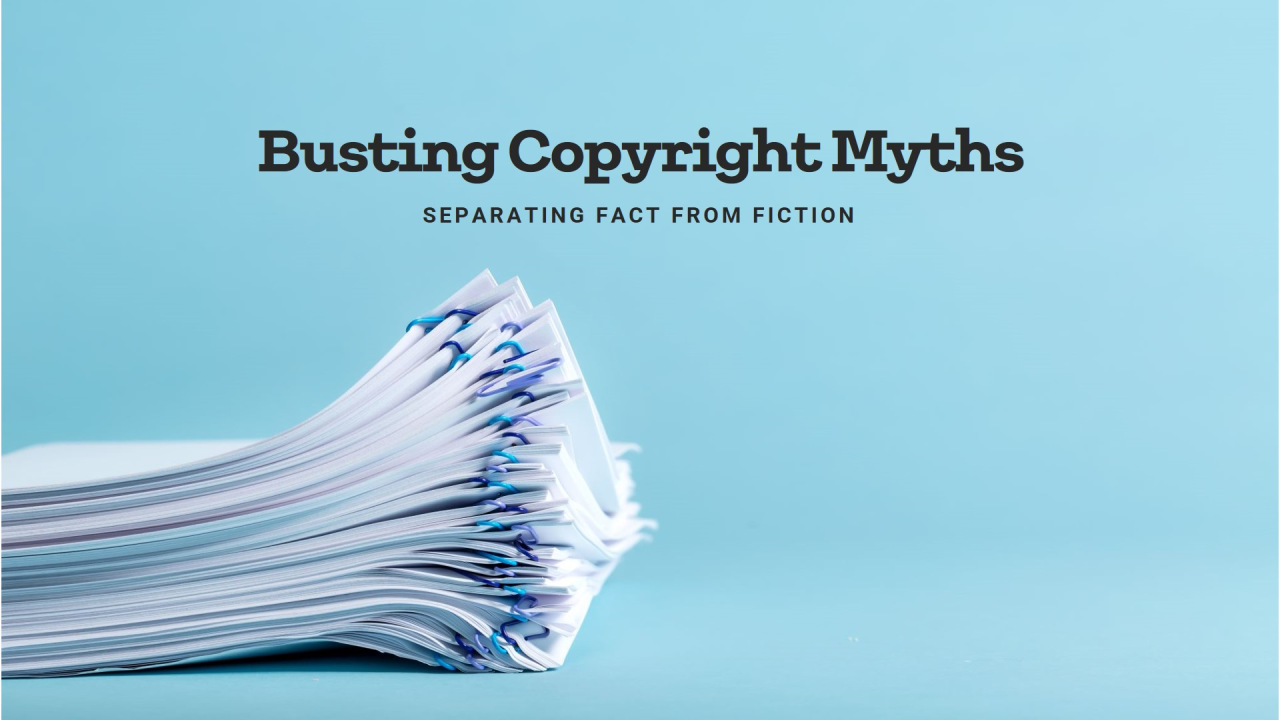
Choosing a Strong Trademark
Selecting a strong trademark is a critical step in establishing your brand identity. Here are some key factors to consider:
- Distinctiveness: Aim for a trademark that is unique and memorable. Fanciful marks (created words) and arbitrary marks (common words used in an unrelated context) are the strongest. Avoid descriptive marks, which may be difficult to protect.
- Relevance: Ensure your trademark resonates with your target audience. It should reflect your brand's values and mission while being appropriate for your industry.
- Simplicity: A strong trademark should be easy to pronounce, spell, and remember. Complex trademarks can be challenging for customers to recall or share.
- Availability: Conduct thorough research to confirm that your chosen trademark isn't already in use. This includes searching existing trademarks and checking domain name availability.
The Process of Trademark Registration
Trademark registration is a crucial step to protect your brand. Here's a streamlined overview of the process:
- Conduct a Trademark Search: Before applying, perform a comprehensive search to ensure your trademark isn’t already registered or in use. This reduces the risk of conflicts.
- Prepare and File Your Application: Choose the correct application form based on the type of trademark (word, logo, etc.) and the goods/services it covers. Provide all necessary information, including a clear description of the trademark.
- Examination: After submission, a trademark examiner will review your application. They may issue an office action if there are issues, requiring you to respond with clarifications or amendments.
- Publication for Opposition: If approved, your trademark will be published in an official gazette, allowing third parties to oppose the registration if they believe it conflicts with their existing trademarks.
- Registration: If there are no oppositions or if you successfully overcome them, your trademark will be registered. You'll receive a certificate of registration, granting you exclusive rights.
Common Trademark Pitfalls and How to Avoid Them
- Inadequate Search: Failing to conduct a thorough trademark search can lead to potential conflicts and costly legal disputes. Always invest time in this step to ensure your trademark's uniqueness.
- Improper Filing: Misunderstanding the application requirements or using the wrong classification can lead to delays or rejections. Familiarize yourself with the requirements or seek professional guidance.
- Neglecting to Monitor: Once registered, it's essential to monitor the market for potential infringements. Regularly check for similar trademarks and take action against unauthorized use.
- Failing to Maintain: Trademark rights can be lost if you don’t use the trademark consistently or fail to renew it. Keep your registration active by using your trademark and renewing it as required.
- Overlooking International Protection: If you plan to do business internationally, consider registering your trademark in other jurisdictions. Different countries have varying trademark laws, and early protection can save you headaches later.
Stay informed and proactive to ensure your trademark remains a valuable asset in your business strategy!


